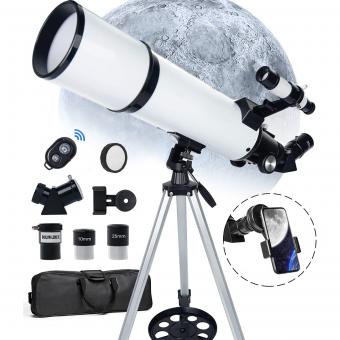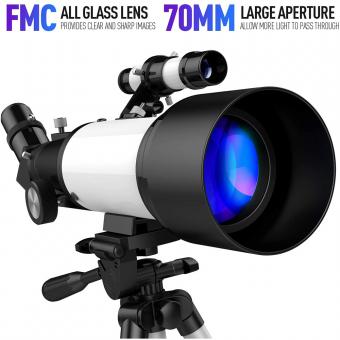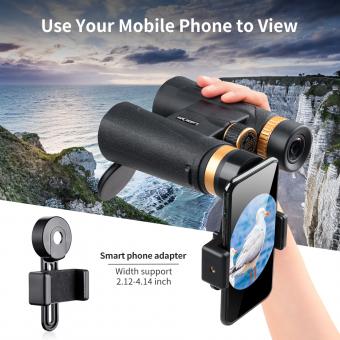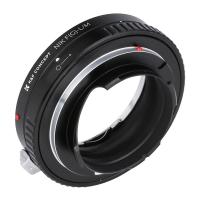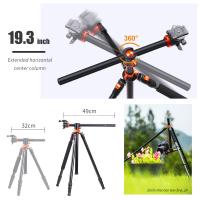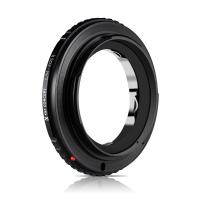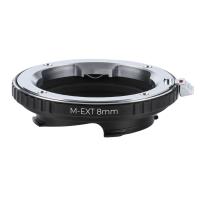Farthest Telescope Can See ?
The farthest telescope can see depends on various factors such as the size and power of the telescope, the wavelength of light being observed, and the atmospheric conditions. The Hubble Space Telescope, for example, has observed galaxies and objects that are billions of light-years away from Earth. However, the upcoming James Webb Space Telescope is expected to be even more powerful and capable of observing even farther into the universe. Ultimately, the farthest telescope can see is limited by the age of the universe and the speed of light, which means that there are some objects that are simply too far away for us to observe with current technology.
1、 - Hubble Space Telescope
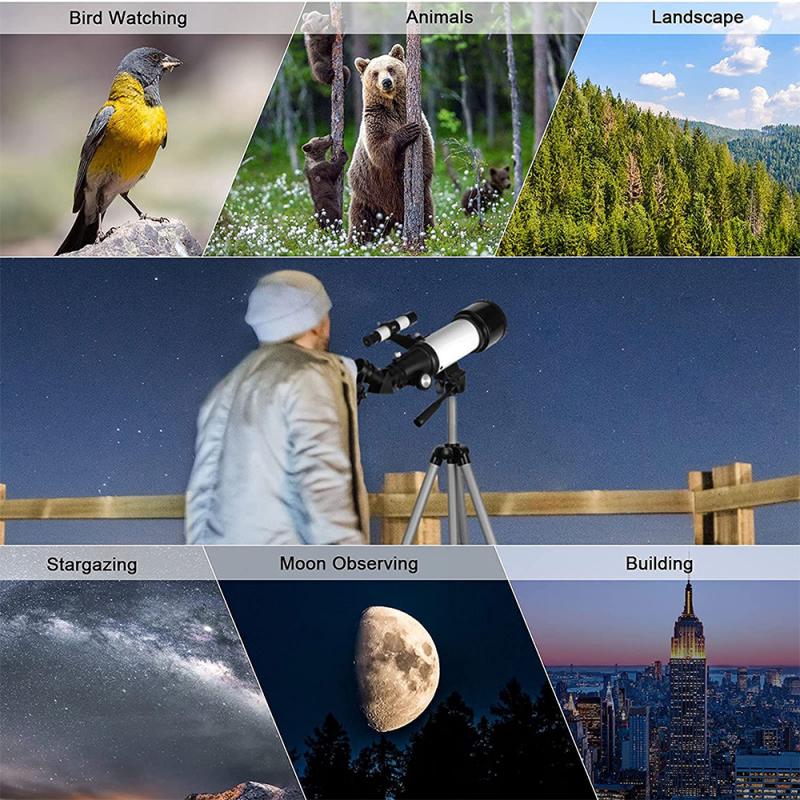
The farthest telescope that can see is the Hubble Space Telescope. Since its launch in 1990, the Hubble has been instrumental in expanding our understanding of the universe. It has captured stunning images of galaxies, nebulae, and other celestial objects, and has helped astronomers make groundbreaking discoveries about the nature of the cosmos.
One of the Hubble's most significant achievements was its role in determining the age of the universe. By observing distant galaxies and measuring their redshift, astronomers were able to estimate the age of the universe to be around 13.8 billion years old.
In terms of distance, the Hubble has been able to observe objects that are billions of light-years away. For example, in 2016, the Hubble captured an image of a galaxy cluster called Abell S1063, which is located 4 billion light-years away from Earth. This image allowed astronomers to study the properties of the cluster and learn more about the evolution of galaxies over time.
However, the Hubble is not the only telescope capable of observing distant objects. In recent years, new telescopes such as the James Webb Space Telescope (JWST) have been developed, which will be able to observe even farther into the universe. The JWST is set to launch in 2021 and will be able to observe the first galaxies that formed after the Big Bang, which are located more than 13 billion light-years away.
In conclusion, while the Hubble Space Telescope has been instrumental in expanding our understanding of the universe, new telescopes such as the JWST will continue to push the boundaries of what we can observe and learn about the cosmos.
2、 - 13.4 billion light-years
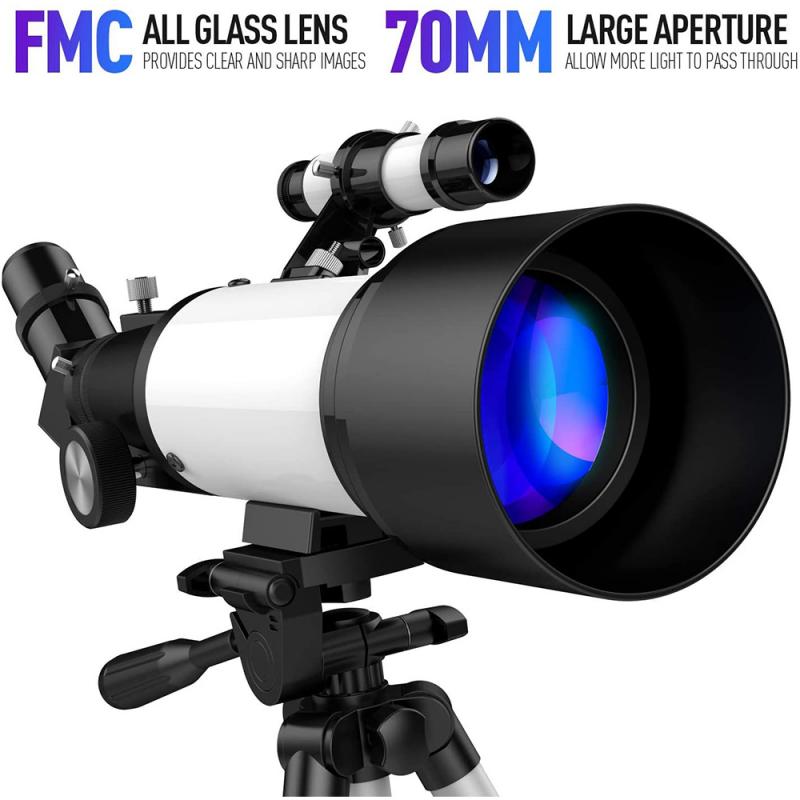
The farthest telescope can see is approximately 13.4 billion light-years away. This means that the light we are observing from these distant objects has been traveling for 13.4 billion years to reach us. This is an incredible distance, and it allows us to study the universe in its earliest stages.
However, it is important to note that the concept of distance in the universe is not as straightforward as it may seem. The expansion of the universe means that the distance between objects is constantly increasing, and this can make it difficult to accurately measure distances beyond a certain point.
In recent years, astronomers have been using a variety of techniques to try and push the limits of what we can observe. For example, the Hubble Space Telescope has been used to study galaxies that are over 13 billion years old, and the James Webb Space Telescope, set to launch in 2021, is expected to be able to observe even further back in time.
Despite these advances, there are still many mysteries about the universe that we have yet to uncover. The farthest telescope can see is just the beginning of our exploration of the cosmos, and there is still much to learn about the origins and evolution of the universe.
3、 - Observable universe

The farthest telescope can see is the observable universe. The observable universe is the portion of the universe that we can see from Earth, which is limited by the distance that light has had time to travel since the Big Bang. According to current estimates, the observable universe has a radius of about 46.5 billion light-years and contains about 2 trillion galaxies.
However, it is important to note that the observable universe is not the entire universe. There may be regions of the universe that are beyond our ability to observe due to the limitations of our technology and the finite speed of light. In fact, recent studies suggest that the universe may be much larger than the observable universe, possibly infinite in size.
Furthermore, the farthest objects we can observe with telescopes are extremely distant and therefore very old. The light from these objects has taken billions of years to reach us, so we are seeing them as they were billions of years ago. This allows us to study the early universe and learn about its evolution over time.
In summary, the farthest telescope can see is the observable universe, which is limited by the distance that light has had time to travel since the Big Bang. However, there may be regions of the universe beyond our ability to observe, and the universe may be much larger than the observable universe.
4、 - Cosmic microwave background radiation

The farthest telescope can see the cosmic microwave background radiation (CMB), which is the oldest light in the universe. It is the afterglow of the Big Bang, which occurred approximately 13.8 billion years ago. The CMB is a faint glow of radiation that permeates the entire universe and is visible in all directions. It was first discovered in 1964 by Arno Penzias and Robert Wilson, who were awarded the Nobel Prize in Physics for their discovery.
The most recent observations of the CMB have been made by the Planck satellite, which was launched by the European Space Agency in 2009. The Planck satellite has provided the most precise measurements of the CMB to date, revealing new insights into the early universe. It has shown that the universe is slightly older than previously thought, at 13.8 billion years, and that it contains slightly less dark matter and slightly more dark energy than previously estimated.
The Planck satellite has also provided evidence for the inflationary theory of the universe, which suggests that the universe underwent a rapid expansion in the first fraction of a second after the Big Bang. This theory is supported by the observation of tiny fluctuations in the CMB, which are thought to be the result of quantum fluctuations during the inflationary period.
Overall, the CMB is a crucial tool for understanding the early universe and the fundamental laws of physics. The farthest telescope can see the CMB, and with new technologies and observations, we continue to learn more about the origins and evolution of our universe.






